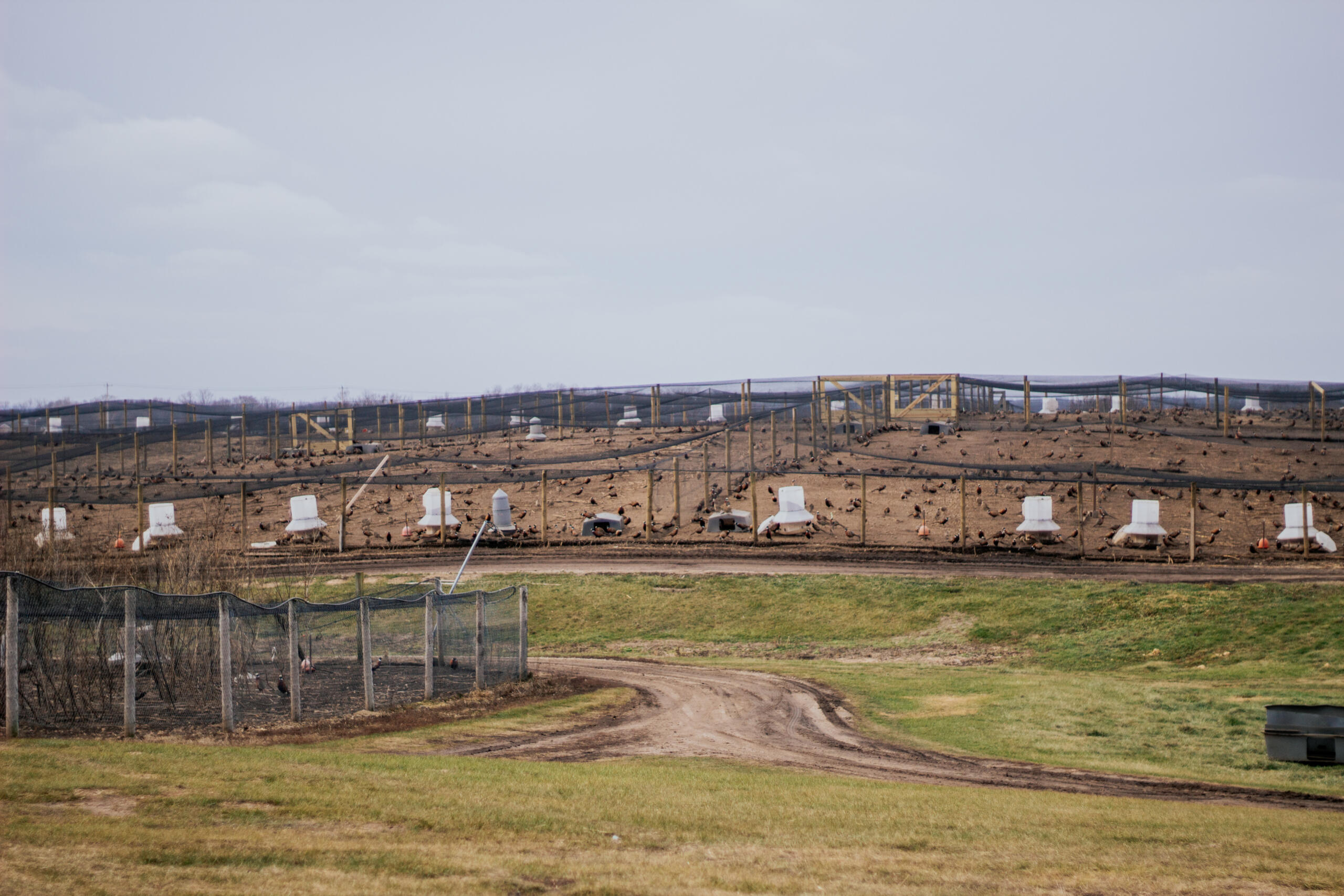Flight Pens – Surviving a Winter Storm
 This past December we experienced a blizzard that opened our eyes further, on the possible damage that a flight pen can experience. I feel obligated to pass along some tips that may help you “survive” a winter storm.
This past December we experienced a blizzard that opened our eyes further, on the possible damage that a flight pen can experience. I feel obligated to pass along some tips that may help you “survive” a winter storm.
Check forecasts daily. We knew this storm was coming days before it hit, we took the necessary precautions, like dropping the nets and stocking up on cracked corn (to keep strays around). It would also be a good idea to fill your feeders, because it may be days before you’ll get to them.
After the storm, do some reconnaissance of your pens and prioritize. On our flight pen map we wrote down pens that were unharmed and pens that received damage i.e. ripped netting, broken posts and pens where we saw the most birds escaping.
Take action. The snow from this blizzard came during the night, the ground was not frozen yet and it was around 32 degrees. The majority of the snow stuck. At the very least I recommend getting the snow off of the perimeter of the pens to relieve the weight on the posts, if at all possible get your pens back up. Temperatures were predicted to drop daily after the storm, so every day a pen was left down the chances increased that the wet snow would freeze, resulting in a pen that may not get back up until the next thaw!
 Catch your strays. Our flight pens have a lane down the middle. We immediately opened up the lane doors and spread cracked corn in front of them. We had 2 people driving around every day, herding up strays and baiting the lanes with corn until the majority of the strays were gathered up. In two sets of our long pens, we created a diversion pen. What we did was cut a hole in the fence 10 feet long and 3 feet high, in front of the hole we constructed a “false” wall with wire that ran perpendicular to the pen. As we herded birds along the edge they would walk right into the pen.
Catch your strays. Our flight pens have a lane down the middle. We immediately opened up the lane doors and spread cracked corn in front of them. We had 2 people driving around every day, herding up strays and baiting the lanes with corn until the majority of the strays were gathered up. In two sets of our long pens, we created a diversion pen. What we did was cut a hole in the fence 10 feet long and 3 feet high, in front of the hole we constructed a “false” wall with wire that ran perpendicular to the pen. As we herded birds along the edge they would walk right into the pen.
Get help. Don’t try and fix it all by yourself. As we tried to put pens up that were 80’-150’ it took 8-12 guys to shake snow and lift. We called a local temp agency and had them send a dozen guys just to help with getting pens up.
Keep storm tools handy; tool box stocked with ringers, rings, staples, hammers and zip ties for fixing holes, rain suits for keeping the wet snow off and rakes for pounding snow off.
Having a course of action and being prepared for a winter storm will certainly help you survive.
Brian Klein
MacFarlane Pheasants, Inc.
Related Posts

A Journey of Expansion: Jim Clark’s Legacy & Our New 16 Acres of Pheasant Pens
Read Post

Preparing Our Barns & Pens Each Spring
Read Post

DuPont Financial Analysis Model
Read Post

10 Ways To Get the Most Out Of Brooder Barns
Read Post

6 Feed and Water Procedures to Keep MacFarlane Pheasants Healthy
Read Post

Advice on what protein % feed to use for your pheasants.
Read Post

All Pheasant Feed Is Not Created Equal
Read Post

A Pheasant Farm’s Most Wanted List
Read Post
Take Advantage of These Free Resources
As the biggest game bird farm in the United States, we want to share our experience with you. Download our free resources below and get started.





